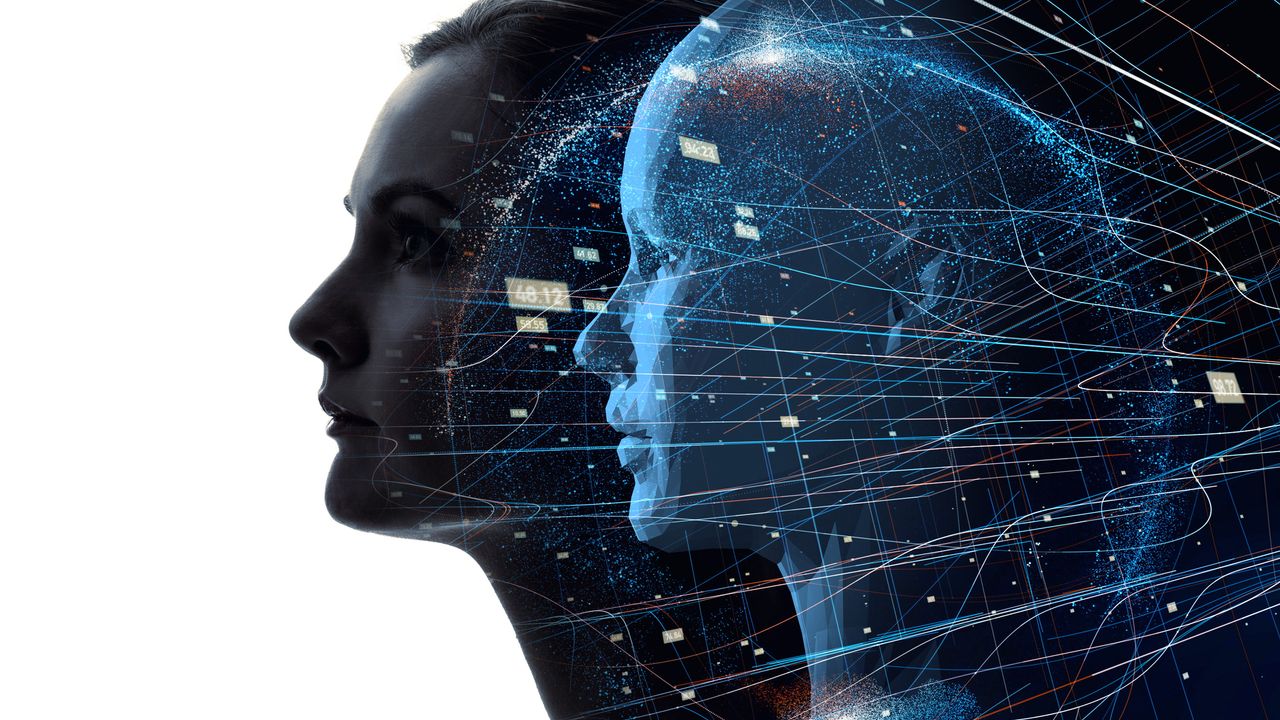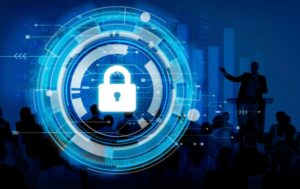
A virtual twin is a replica of a person, product or technique this is created the use of records. This would possibly sound like technology fiction, however a few have claimed that you may probably have a virtual double in the subsequent decade. As a replica of a person, a virtual twin could — ideally — make the identical selections which you could make in case you have been supplied with the identical materials.
This would possibly appear like but any other speculative declare through futurists. But it’s miles plenty greater viable than human beings would possibly want to believe. While we’d have a tendency to count on that we’re unique and unique, with a enough quantity of records, synthetic intelligence (AI) could make many inferences approximately our personalities, social behaviour and shopping selections.
The technology of large records method that tremendous portions of records (called “records lakes”) are accrued approximately your overt attitudes and alternatives in addition to behavioural strains which you depart behind.
Equally jarring is the quantity to which groups accumulate our records. In 2019, the Walt Disney Company received Hulu, a agency that reporters and advocates mentioned had a questionable file while it got here to records collection. Seemingly benign telecellsmartphone applications — like ones used for ordering coffee — can accumulate tremendous portions of from customers each few minutes.
The Cambridge Analytica scandal illustrates those concerns, with customers and regulators worried approximately the possibilities of a person being capable of identify, are expecting and shift their behaviour.
But how worried need to we be?
High vs. low constancy
In simulation studies, constancy refers to how intently a replica, or version, corresponds to its target. Simulator constancy refers back to the diploma of realism a simulation has to real-international references. For example, a racing online game gives an picture that will increase and reduces in velocity while we depress keys on a keyboard or controller. Whereas a riding simulator would possibly have a windscreen, chassis, equipment stick and fueloline and brake pedals, a online game has a decrease diploma of constancy than the riding simulator.
A virtual twin calls for a excessive diploma of constancy that might be capable of include real-time, real-international records: if it’s miles raining out of doors now, it might be raining withinside the simulator.
In industry, virtual twins will have radical implications. If we’re capable of version a gadget of human beings and gadget interaction, we’ve the cappotential to allocate sources, count on shortages and breakdowns, and make projections.
A human virtual twin could include a tremendous amount of records approximately a person’s alternatives, biases and behaviours, and be capable of have records approximately a person’s on the spot bodily and social surroundings to make predictions.
These necessities imply that accomplishing a real virtual twin are a far off opportunity for the close to future. The quantity of sensors required to build up the records and technique ability vital to keep a digital version of the person could be tremendous. In the present, builders accept a low-constancy version.
Ethical problems
Producing a virtual twin increases social and moral problems regarding records integrity, a version’s prediction accuracy, the surveillance capacities required to create and replace a virtual twin, and possession and get entry to to a virtual twin.
British Prime Minister Benjamin Disraeli is often quoted as saying, “There are 3 types of lies: lies, damned lies and records,” implying that numbers can’t be trusted. The records accrued approximately us is based on amassing and studying records approximately our behaviours and conduct to make predictions approximately how we might behave in given situations.
This sentiment displays a false impression approximately how statisticians accumulate and interpret records, however it does enhance an crucial concern.
One of the maximum crucial moral problems with a virtual twin pertains to the quantitative fallacy, which assumes that numbers have an goal that means divorced from their context. When we have a take a observe numbers, we frequently overlook that they have got unique meanings that come from the dimension gadgets used to accumulate them. And a dimension tool would possibly paintings in a single context however now no longer any other.
When accumulating and the use of records, we have to well known that the choice consists of positive capabilities and now no longer others. Often, this option is achieved out of comfort or because of the realistic barriers of technology.
We have to be important of any claims primarily based totally on records and synthetic intelligence due to the fact the layout selections aren’t to be had to us. We have to recognize how the records have been accrued, processed, used and supplied.
Power imbalances
The imbalance of strength is a developing dialogue withinside the public regarding, records, privateness and surveillance. At smaller scales, this will produce or boom virtual divides — the space among folks who do and people who do now no longer have get entry to to virtual technologies. At large scales, this threatens a brand new colonialism premised on get entry to to and manage of records and technology.
Even the advent of low-constancy virtual twins gives possibilities to display customers, make inferences approximately their behaviour, try to steer them, and constitute them to others.
While this will assist in health-care or training settings, a failure to offer customers the cappotential to get entry to and check their records can danger person autonomy and the collective desirable of society.
Data topics do now no longer have get entry to to the identical sources as big companies and governments. The lack the time, training, and possibly the motivation. There is a want for steady and impartial oversight to make sure that our virtual rights are preserved.






